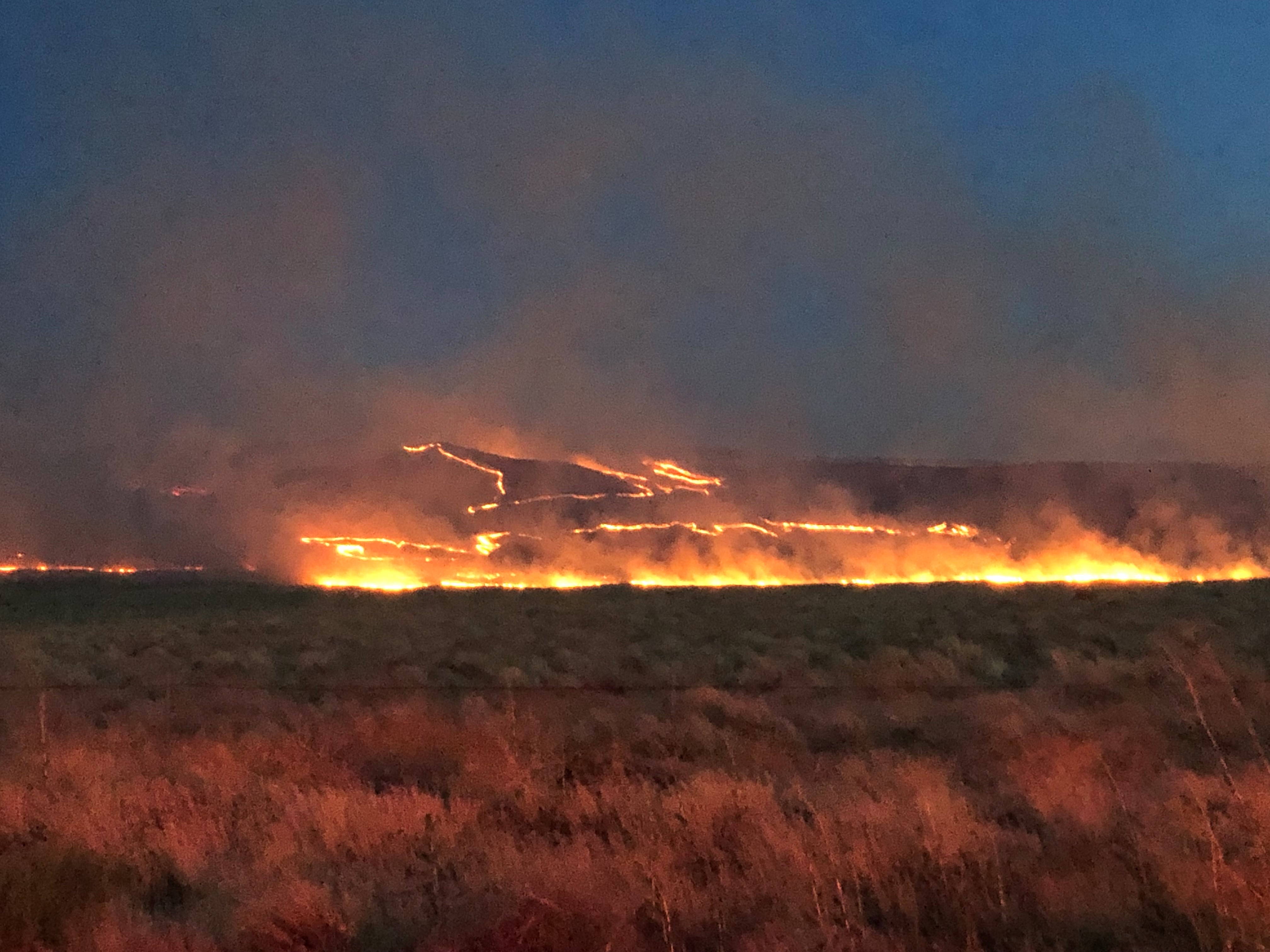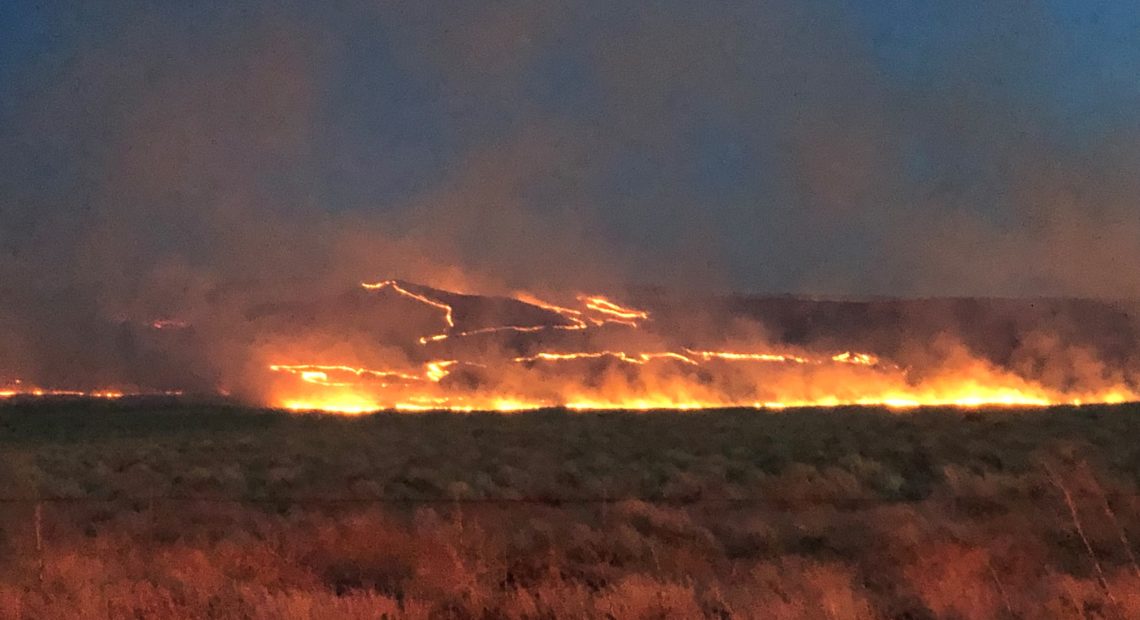
‘A Total Sense Of Belonging’: Northwest Tribes Lament Fire On Rattlesnake Mountain
Listen
The fire that engulfed Notre Dame cathedral shocked the world earlier this year. And a wildfire in July on Rattlesnake Mountain in southeast Washington similarly shocked Northwest tribes.
Treeless Rattlesnake Mountain is over 3,600 wind-swept feet above sea level. It’s part of the Hanford Reach National Monument designated by President Clinton, home to rare plants and fauna.
“So, Laliik, is how you say the place in our Indian language,” says Jon Shellenberger, an enrolled member of the Yakama Nation. “But it is a ceremonial place for our people. It’s a place we hunted.”
Shellenberger is a Yakama Nation archeologist and ethnographer. He says Rattlesnake has been important to Northwest tribes from their creation. The mountain is a living history book on the landscape.
“It is a representation of our tie to the time before the Ice Ages,” Shellenberger says. “Because our oral history talks about the time when the ice covered the land, and it talks about the different animals and the creation stories. To me, to have something and see something like that on a daily basis — it’s very powerful to know that our people have been going and returning there for, forever.”
The Sistine Chapel
Shellenberger says Rattlesnake Mountain is comparable to the Sistine Chapel or other sacred sites in Europe.
“Maybe, others don’t think of it that way,” he says. “They just think, that’s just a mountain that hasn’t been developed. But to us, it is the equivalent to some of these other sacred sites.”
The recent human-caused Cold Creek fire blackened nearly 42,000 acres in the area. Fire has been a traditional tool of tribes here, and good for native plants in small doses.
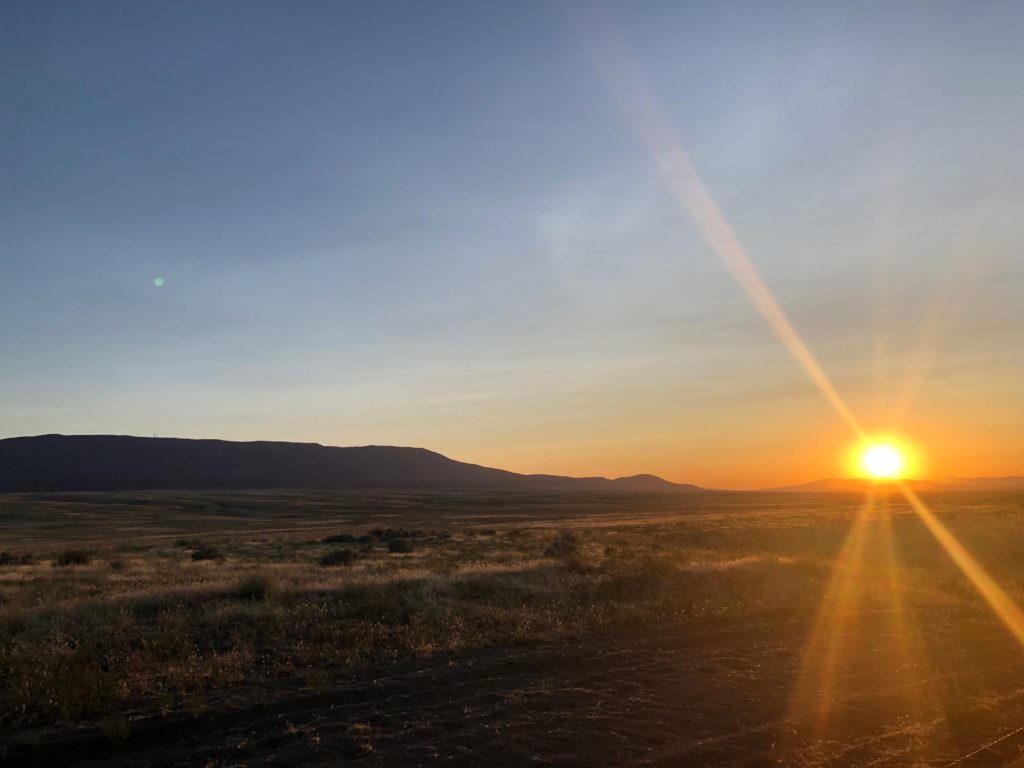
Rattlesnake Mountain on the Hanford Reach National Monument has restricted and protected access. It’s considered a sacred site by Northwest tribes, including the Yakama Nation and Confederated Tribes of the Umatilla. CREDIT: ANNA KING/N3
“However, the fires that we deal with now burn a lot hotter,” he says. “They are a lot more violent.”
And wildfires can damage archaeological sites.
“They are susceptible to high-temperature fires, and then the exposure,” Shellenberger says. “When you remove the vegetation you expose them to the eyes of people, to the public. And which opens the gate for potential looting.”
Shellenberger went up on Rattlesnake about a decade ago with a Yakama tribal elder. He says just being up there was emotional.
“It almost, it’s like taking you to the point where you want to cry it’s so beautiful,” he says. “But at the same time, it just makes you so happy. There just are no words for it in English. And I’m not even sure what it would be in our own language right off the top of my head. But it’s the kind of things we sing songs about. It’s tied to the wind, and it’s tied to the air and it’s tied to all of the resources that are out there, and the plants and the animals.”
Plants And Animals
The fire damaged many sensitive native plants, and wildland managers worry that invasive plants might move into the disturbed area. The scorched earth looks bleak and lonely. Some of this land already burned in 2016 and 2017.
“Well, it’s too many fires too quickly on the landscape and then the native plants can’t recover,” says Heidi Newsome, a biologist for the U.S. Fish & Wildlife Service.
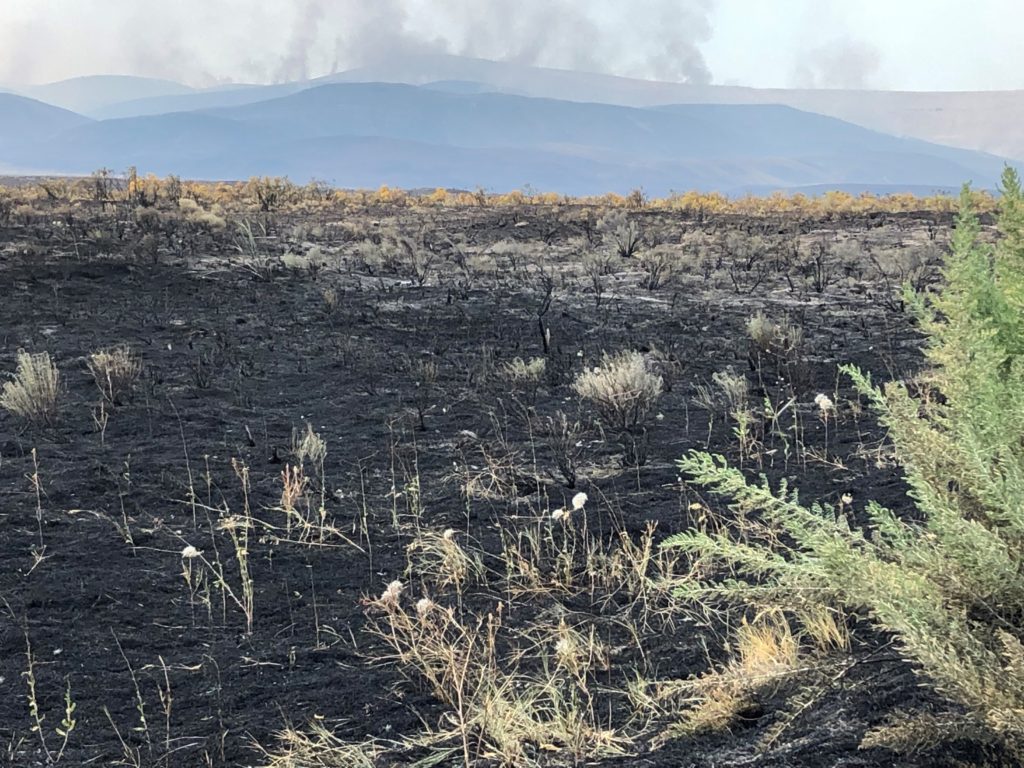
The land charred around Rattlesnake Mountain from the July 2019 Cold Creek Fire includes sensitive habitat for numerous plant and animal species.
CREDIT: SHERI WHITFIELD / U.S. FISH & WILDLIFE SERVICE
Frequent fires threaten big, important shrubs like sagebrush — the old growth of the desert. And animals depend on sage for cover and nesting sites: sparrows, meadowlarks, jackrabbits. Even lizards need sage.
“They can get overheated, they can get dehydrated,” Newsome says. “They really don’t regulate their body temperature without shade.”
Newsome also worries young elk — unable to run fast enough — might have been caught in the fire, or trapped because of their strong instinct to hide. She estimates about 1,000 acres are vulnerable to severe erosion after these fires.
‘A Total Sense Of Belonging’
Aaron Ashley is on the board of trustees of the Confederated Tribes of the Umatilla Reservation, in northeastern Oregon. Those tribes also view the mountain as sacred. He says when he sings traditional songs on top of Rattlesnake Mountain, he can’t hear himself.
“So you just have to believe that your voice and the words that you are singing are true,” Ashley says. “I’m confident that when we are singing those songs it does feel like it means a little more. And those words and songs and prayers are actually reaching all the way up.”
Shellenberger says being on Rattlesnake totally connects him to the environment and all the resources that are in it.
“And imagining that connection with all of those resources at the very same time,” Shellenberger says. “That is the power. A total sense of belonging.”
Related Stories:

Yakama Power looks to alternative energy storage projects
A transmission line silhouetted by blue sky. The Yakama Nation is planning a new sort of battery, called advanced rail energy storage. (Credit: Austin Taylor / Flickr Creative Commons) Listen
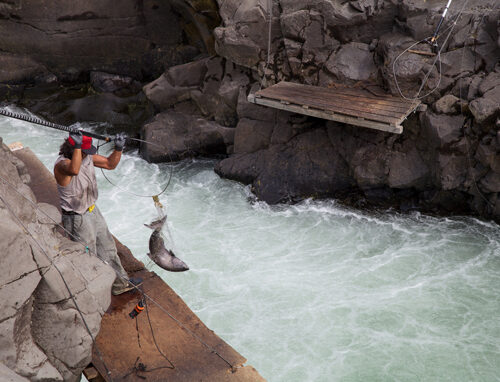
Fish hatchery transferred to Yakama Nation, upgrades underway
Yakama Nation tribal members fish in the Klickitat River for fall chinook salmon. The Yakama Nation recently gained ownership of a fish hatchery on the river. (Credit: USFWS – Pacific
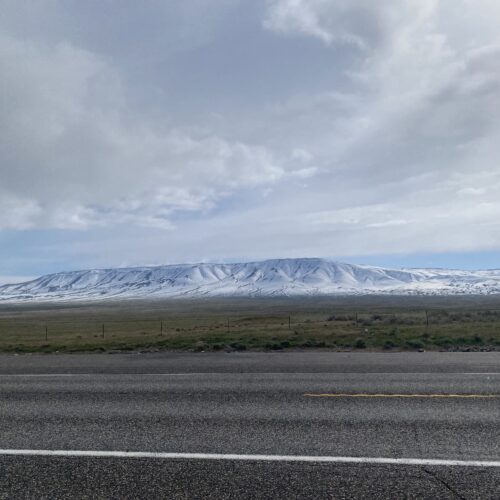
Hanford safety officer hired on by Yakama Nation
Rattlesnake Mountain on the Hanford site in 2022. The mountain is sacred to the Yakama Nation and other Northwest Indigenous tribes and bands near the Hanford site. (Credit: Anna King

